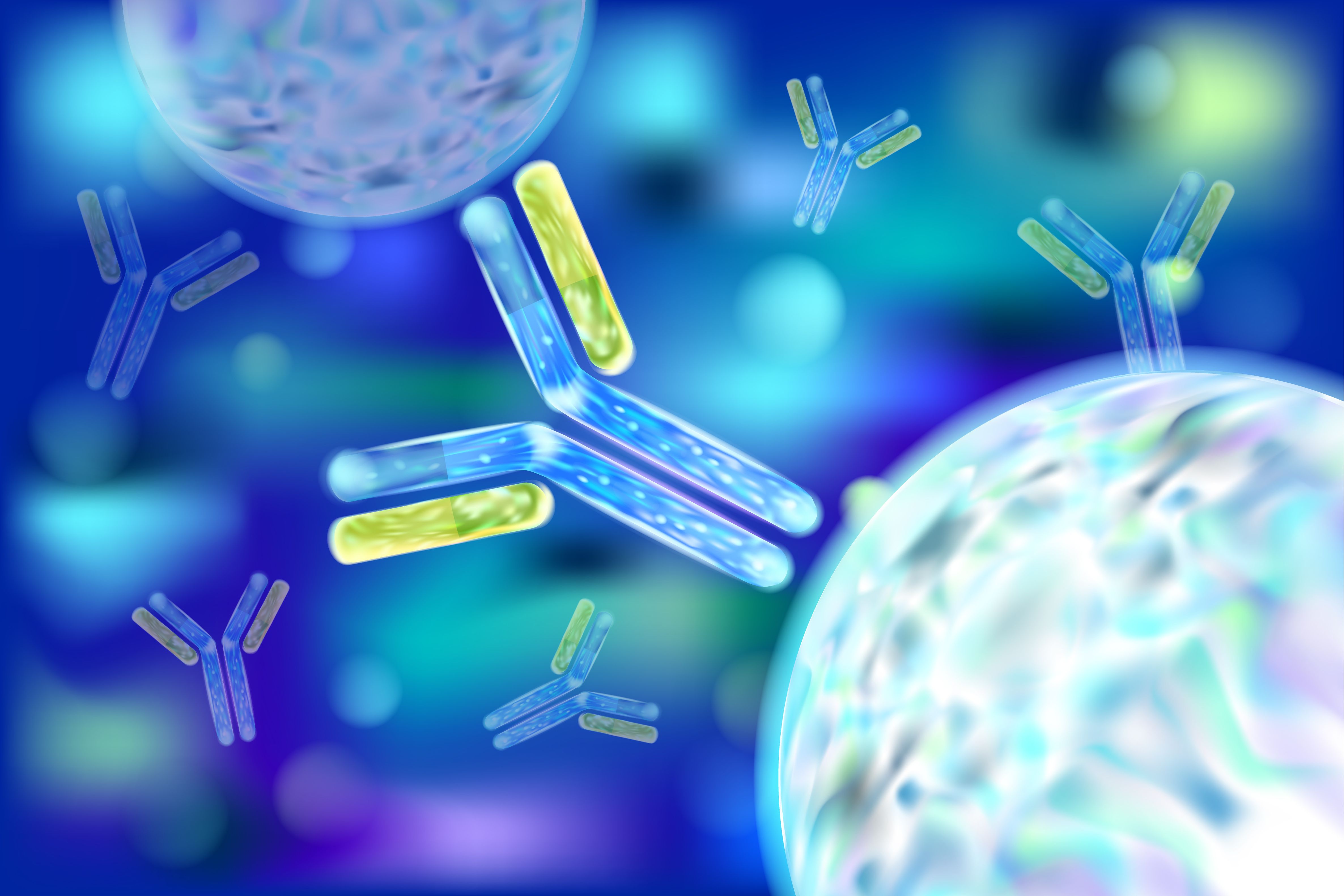Article
Compounds of Anti-Tumor Variations Highly Potent Against Cancer Cells
Author(s):
Analogs of epothilones were even effective against a drug-resistant cancer cell line.
Scientists have identified some of the most potent epothilones to date, which proved to be highly effective in killing cancer cells, including a drug-resistant cell line.
The cancer-fighting mechanisms of these substances are similar to paclitaxel, but have superior properties. Epothilones interfere with tubulin proteins that form the cells’ skeletal microtubules to prevent cancer cells from dividing.
In a study published in the Journal of the American Chemical Society, the investigators tested these compounds on kidney cancer and 2 human uterine sarcoma cell lines—–one with multidrug resistance––and showed that 10 of the compounds were highly potent against all 3 cell lines.
“This is another example of a larger theme in our research, that of the synthesis of complex, rare natural products and their analogs for biological investigations,” said investigator KC Nicolaou. “Our work is directed toward drug discovery and development in collaboration with biotechnology and pharmaceutical companies, particularly in the cancer area.”
The drugs are variations of epothilone B, a natural product isolated from Sorangium cellulosum.
Although the investigators achieved total synthesis of several natural products and related substances in prior studies, the compounds were too toxic to be used as anti-cancer drugs.
“These new results are significant because they represent the discovery of a number of more potent variations of the natural product as cytotoxic agents against cancer cells,” Nicolaou said. “This brings these members of the epothilone class within range of suitability as payloads for antibody-drug conjugates, a new paradigm for targeted cancer therapy.”
Furthermore, the ability to add chemical “handles” to the molecules is crucial because it allows them to be attached to drug delivery systems.
The investigators compared the reconfiguration of epothilone B with the transplant of body parts, and replaced components in the molecule to increase the efficacy of the designed analogs.
“The strategy we developed to synthesize them can be described as a kind of chemical surgery,” Nicolaou said. “The most important structural motif we introduced in these new molecules is the 3-membered ring containing a nitrogen atom, a so-called aziridine moiety.”
Nicolaou noted that the importance of the aziridine ring remains unclear, but it could serve as a handle to attach the molecule to an antibody.
“The other structural motif, the so-called side chain with basic nitrogen embedded at a strategic position, was achieved through new extensions and improvements developed in our laboratories of the previously known HWE (Horner-Wadsworth-Emmons) reaction,” Nicolaou said. “The HWE reaction is an important process for making olefinic bonds (carbon-carbon double bonds) stereoselectively.”






